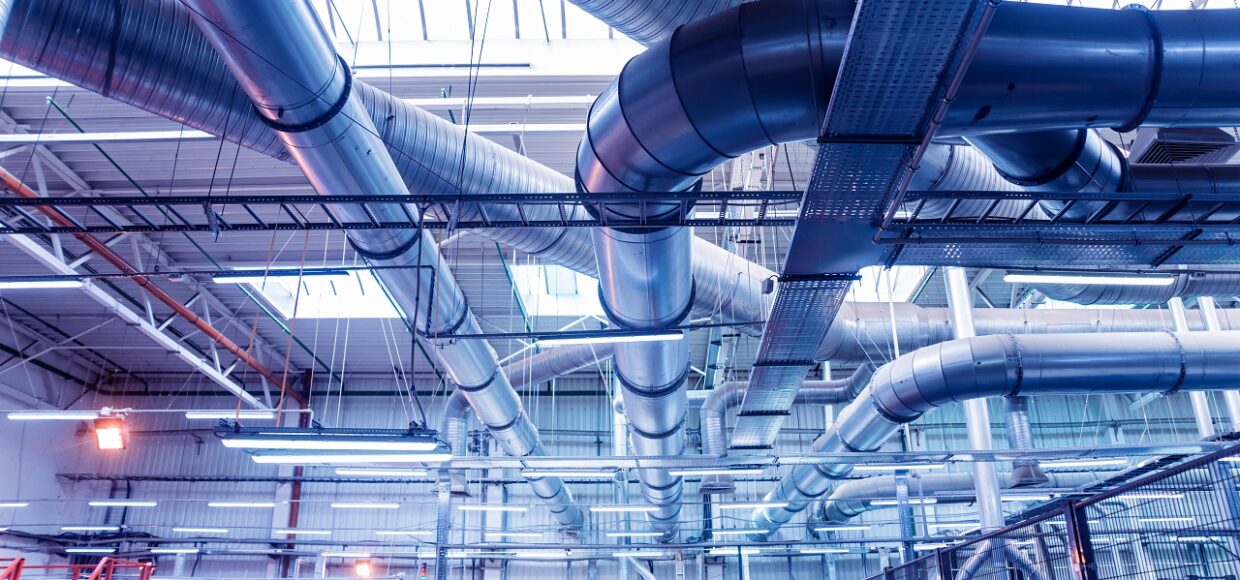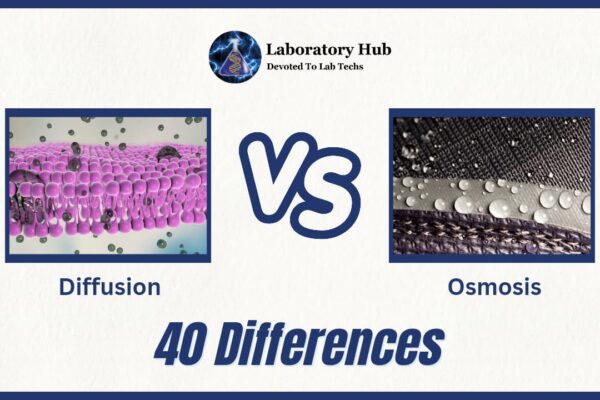Heat Exchangers: Heat Exchanger Cleaning Tips
Heat exchangers are engineered to maximize heat transfer from one gas or liquid to another during processing.
Thus, the reduced heat exchanger output from fouling or ageing results in additional running and energy costs to compensate for gaps in the target temperature.
Heat exchanger failure can be extremely costly for your business it leading to shutdowns. They are the core of many crucial systems and are a crucial feature of heat control systems, from power plants to commercial chemical plants.
This blog post includes tips to help your business clean its heat exchanger, thus saving you money and improving its performance.
What is a Heat exchanger?
A heat exchanger does just as its name suggests it exchanges heat. A heat exchanger is a device that transfers heat from one medium to another like a Hydraulic Oil Cooler will remove heat from hot oil by using cold water or air.
Alternatively, a Swimming Pool Heat Exchanger uses hot water from a boiler or solar-heated water circuit to heat the pool water. Heat exchangers are either given a hot fluid to provide heating or a cold fluid to provide cooling.
This is usually achieved by using a set of tubes housed in some type of housing. Heat exchanger fans, condensers, belts, coolants, additional tubes, and lines, and other components work to increase heating and cooling efficiency or improve flow.
Why the need for maintenance?
They are designed to optimize heat transfer from one gas or liquid to another.
Since the product or chemical deposits on the heat transfer surfaces weaken the heat transfer capacity of the heat exchanger, they must be washed periodically to preserve high efficiency and avoid processing interruption.
The maintenance of heat exchangers is important to keep systems running efficiently. Regular maintenance guarantees that the equipment is in operating condition and helps avoid emergency repairs.
The cost of cleaning a heat exchanger is negligible relative to the cost of output wasted if a Heat Exchanger needs an unscheduled shutdown.
When should I clean my Heat Exchanger?
When the exchanger does not reach the correct temperature of the product for heating or cooling, it is time to clean the Heat Exchanger.
Incorrect temperatures are induced by the surface fouling of the plate, which limits the flow of temperature. You can also see pressure drops higher than defined because fouling is constricting the flow of the channel and increasing fluid velocity.
Tips to clean the heat exchanger
Keep a Schedule
It is important to keep a cleaning routine for the maintenance of the heat exchanger. This will help prevent the build-up which could damage the plant & possibly lead to a shutdown.
Ultra High-Pressure Jetting
The easiest way to clean the heat exchanger is to make use of ultrahigh-pressure jetting because it is reliable and environmentally friendly.
This process removes the need to use chemicals, which may in fact inflict more to the exchanger by weakening or destroying the material, resulting in additional cost.
Make sure all residues are removed until the bare metal is visible when cleaning. Also, keeping the insides of the pipework polished will improve the liquid throughput.
External Surfaces
The shell sides, tube bundles & internal pipework often are the highest priority for cleaning make sure they are cleaned because these surfaces are most likely to be affected by chemical deposits and build-ups.
The outer surfaces also play an important part in heat dissipation and efficient operations.
Use the Right Cleaning Tools
Removing polymer deposits can be extremely difficult, special caution should be taken when removing them with general tools such as chisels & hammers damaging the heat exchanger itself.
Therefore, make sure to make use of band-saws & ultra-high pressure water jetting.
When you have questions about proper care for your heat exchanger, need replacement parts, or when you’re ready for a replacement unit, reach out to us at Warkin Equipments Pvt Ltd, we are a leading Heat exchanger Manufacturers in India.
We will be glad to assist you.
Frequently Asked Questions (FAQs)
A heat exchanger is a device that transfers heat from one fluid to another fluid, without the two fluids coming into direct contact with each other.
The different types of heat exchangers are shell and tube heat exchangers, plate heat exchangers, finned tube heat exchangers, and air-cooled heat exchangers.
Heat exchangers are used in a variety of industries, including power generation, chemical processing, refrigeration and air conditioning, food processing, and oil and gas refining.
The benefits of using a heat exchanger include increased energy efficiency, improved process control, reduced operating costs, and improved product quality.
Heat exchangers work by transferring heat from one fluid to another fluid through a barrier, such as a metal wall or a series of metal plates.
A shell and tube heat exchanger has a large cylindrical shell that contains a series of tubes, while a plate heat exchanger uses a series of plates to transfer heat between the two fluids.
Common materials used in heat exchangers include copper, aluminum, stainless steel, and titanium.
The selection of the right heat exchanger depends on several factors, including the flow rate of the fluids, the temperature and pressure of the fluids, the space available for installation, and the budget for the project.
The maintenance requirements for a heat exchanger include regular cleaning, inspection of the heat transfer surfaces, replacement of damaged components, and testing for leaks.
Yes, heat exchangers can be repaired if they are damaged. The extent of the damage and the type of repair required will depend on the specific situation.
Fouling is the buildup of deposits on the heat transfer surfaces of a heat exchanger, which can reduce the efficiency of the heat exchanger.
Fouling can be prevented in a heat exchanger by using appropriate fluids, implementing regular cleaning and maintenance procedures, and using protective coatings on the heat transfer surfaces.
Thermal shock is the rapid change in temperature that can occur in a heat exchanger, which can cause damage to the heat transfer surfaces.
Thermal shock can be prevented in a heat exchanger by using appropriate materials for the heat transfer surfaces, ensuring that the fluid flow rates are within the recommended limits, and implementing appropriate startup and shutdown procedures.
The efficiency of a heat exchanger can be improved by using high-performance materials, optimizing the working.







